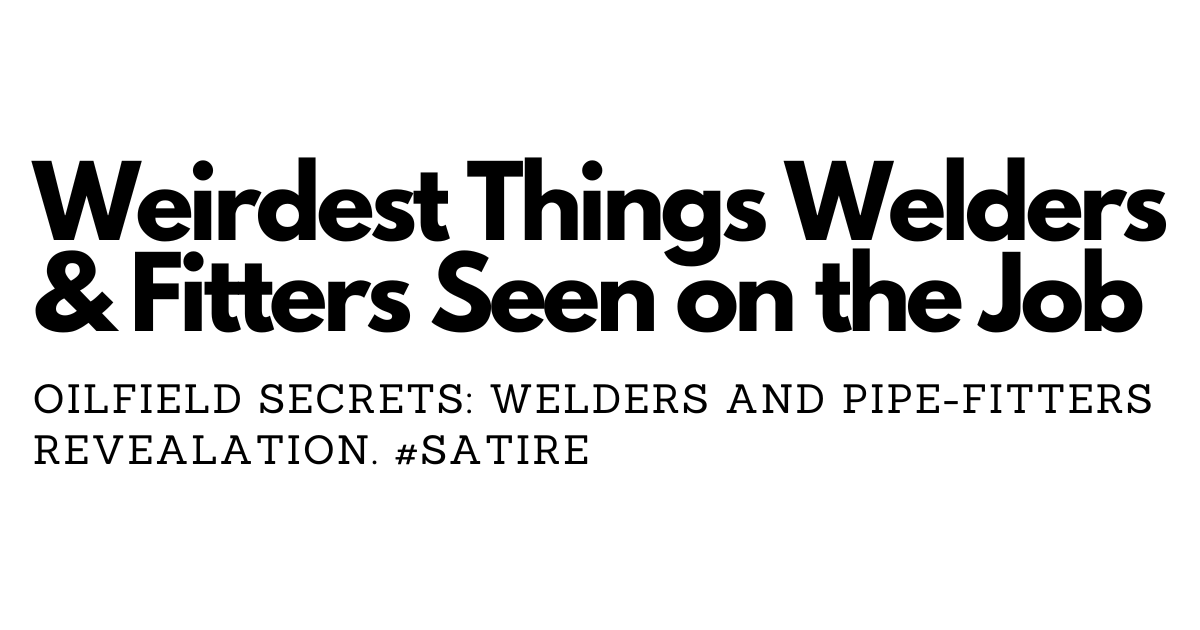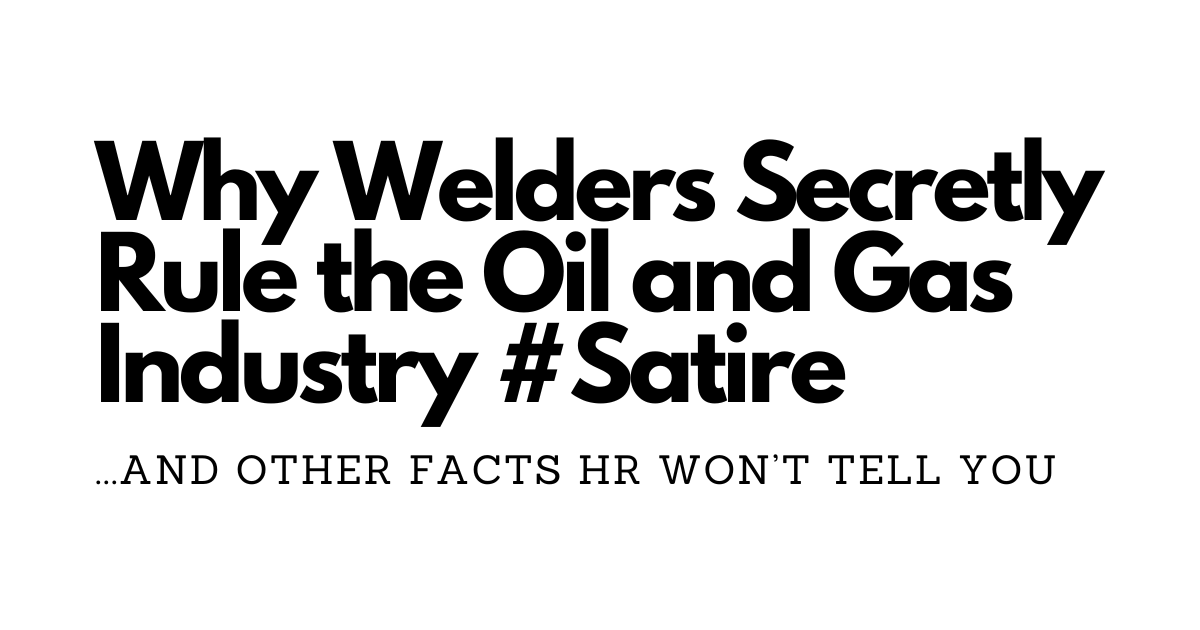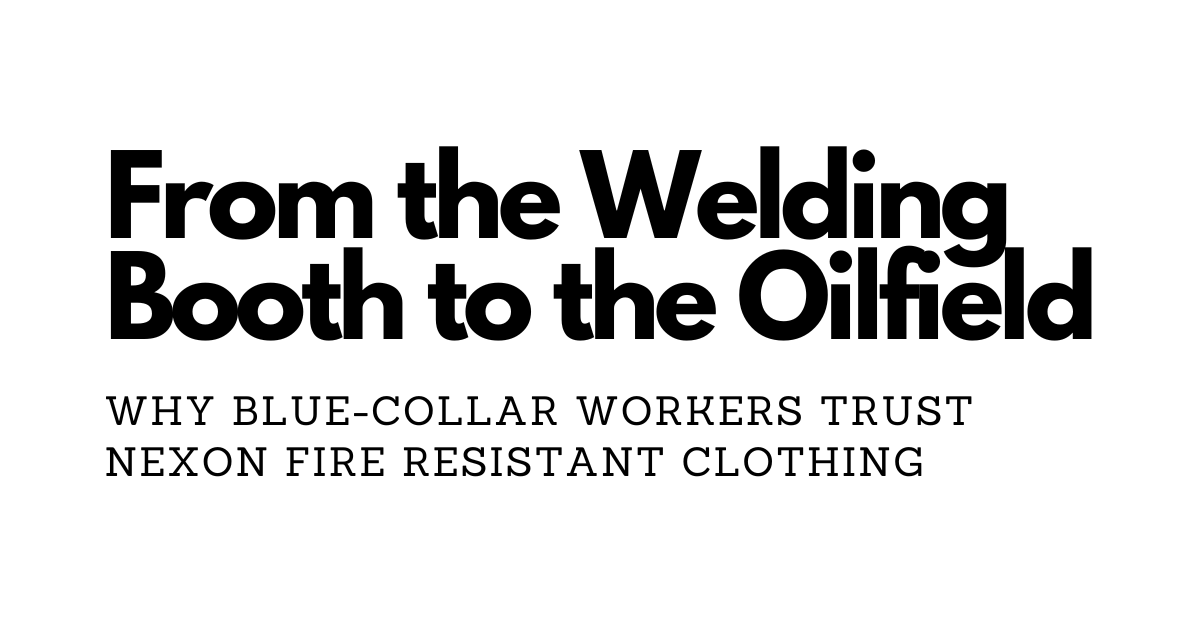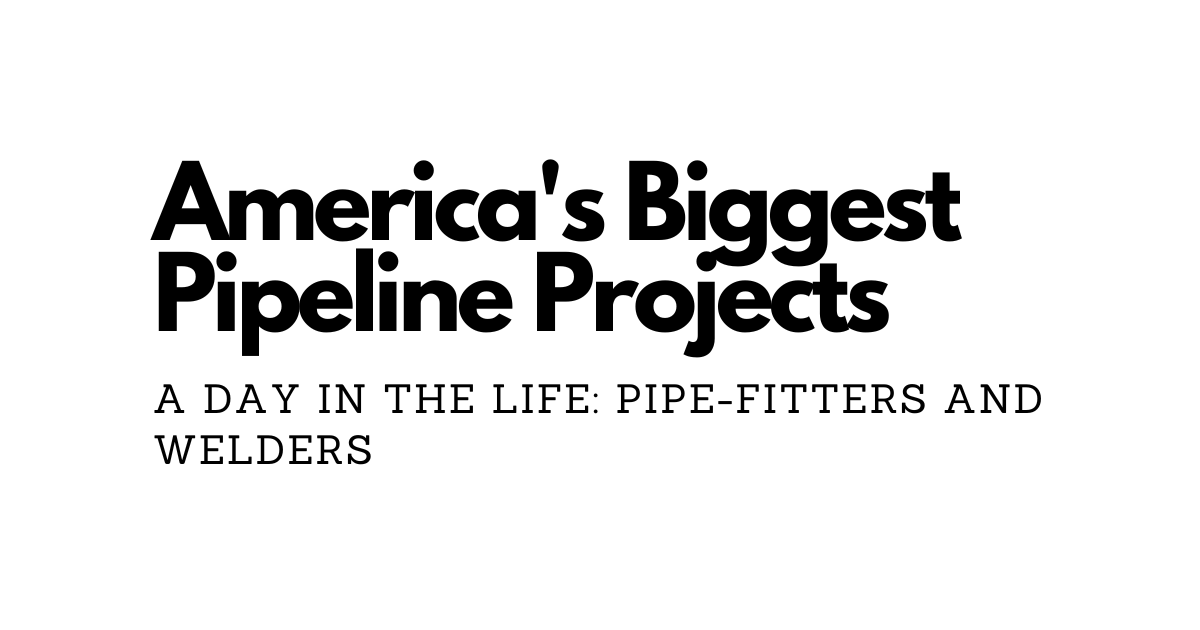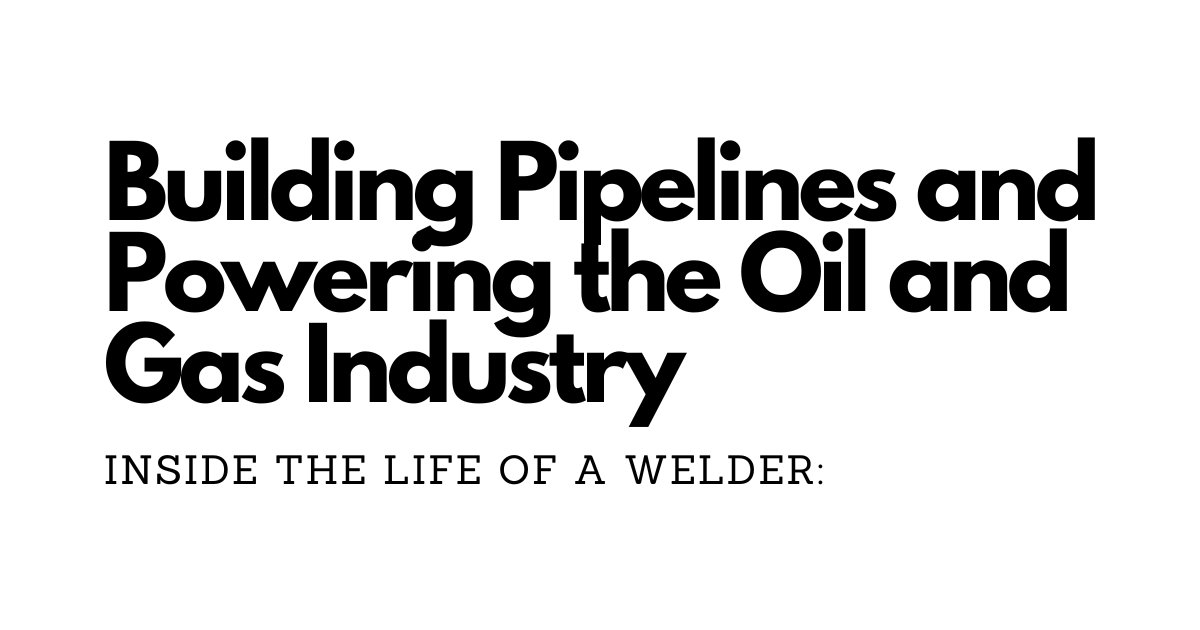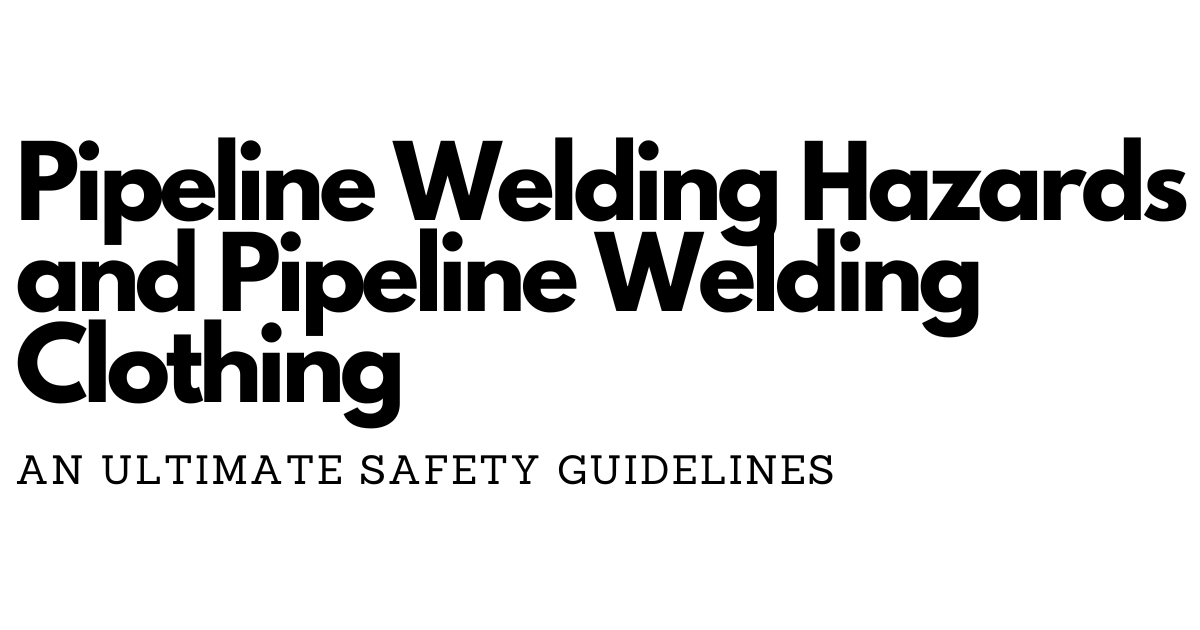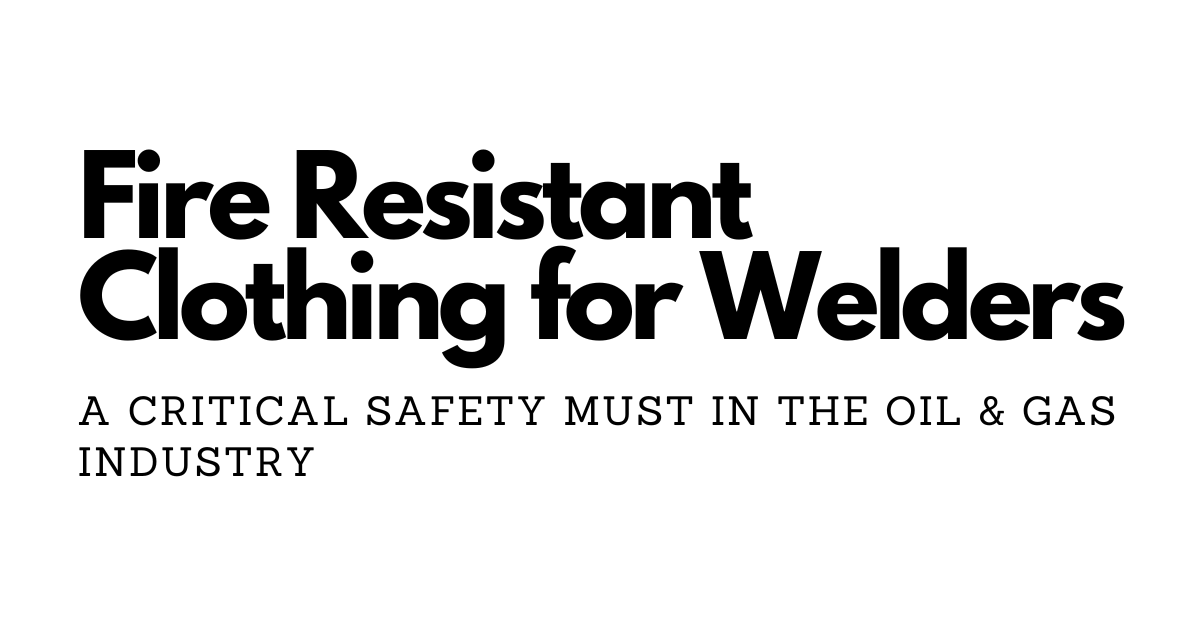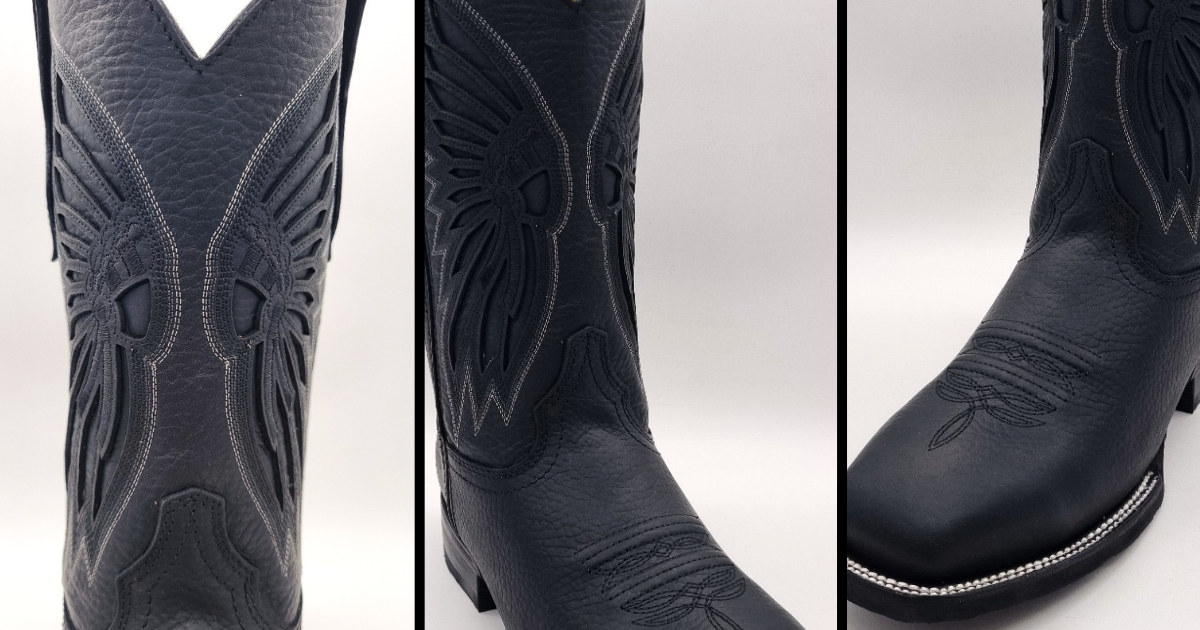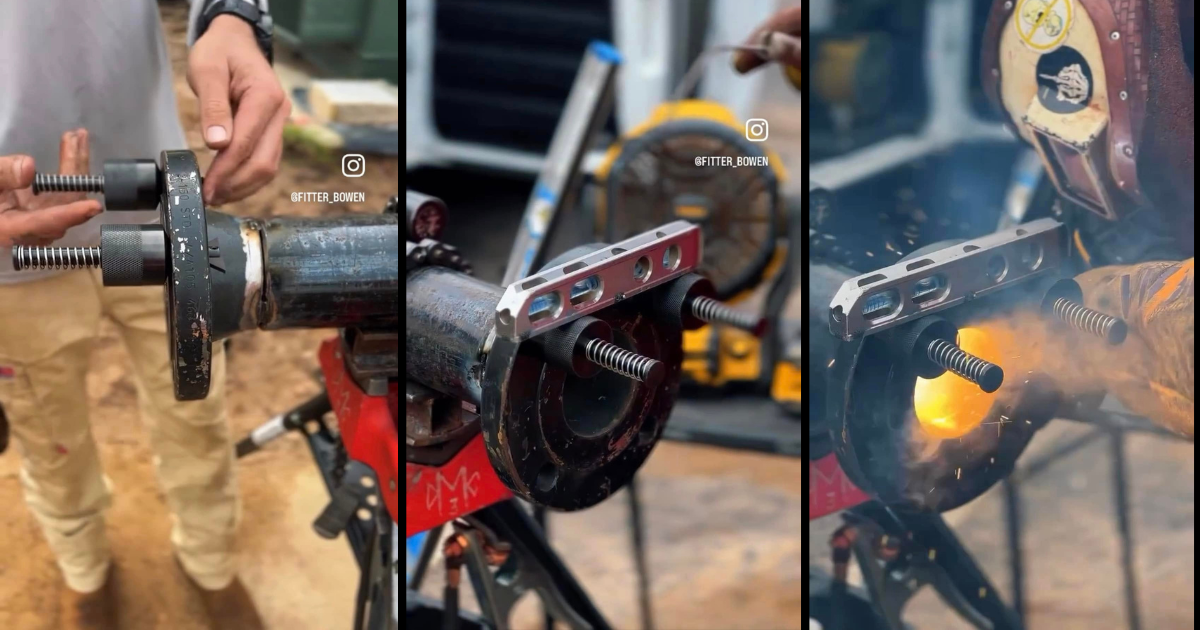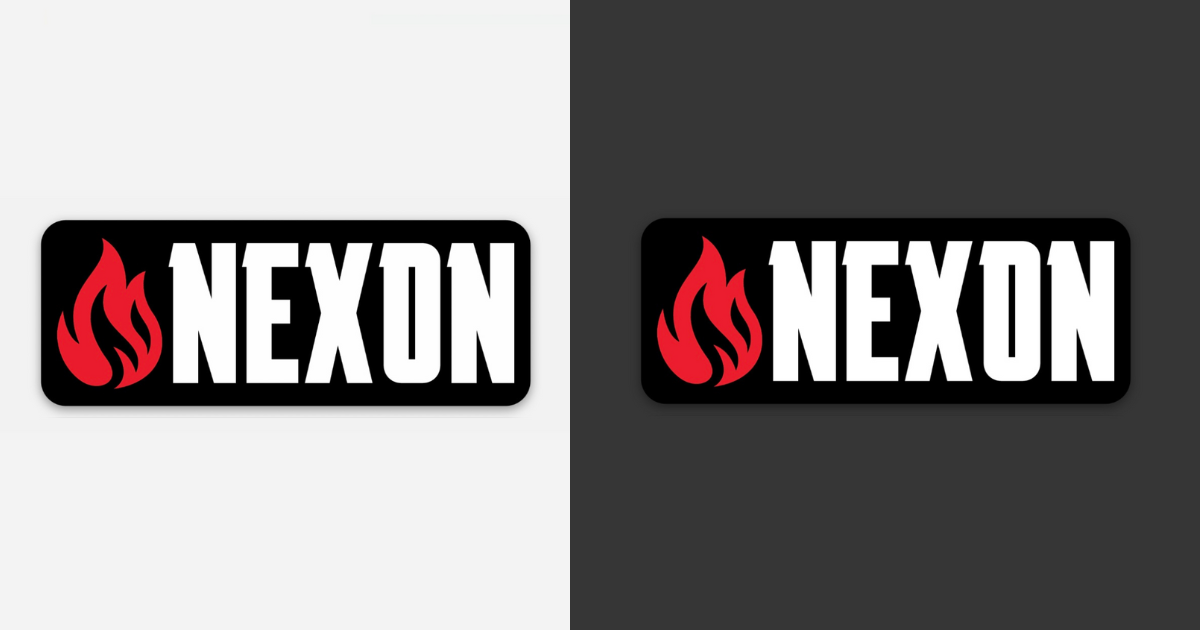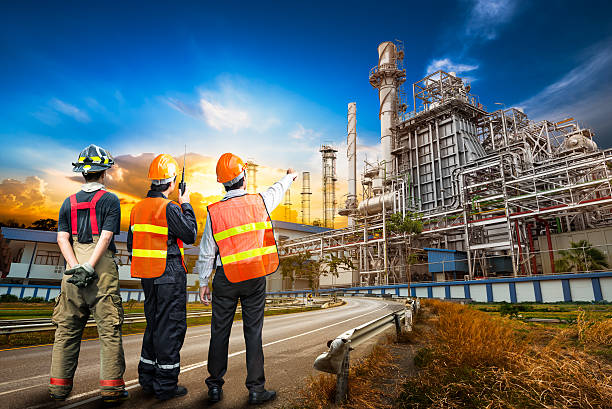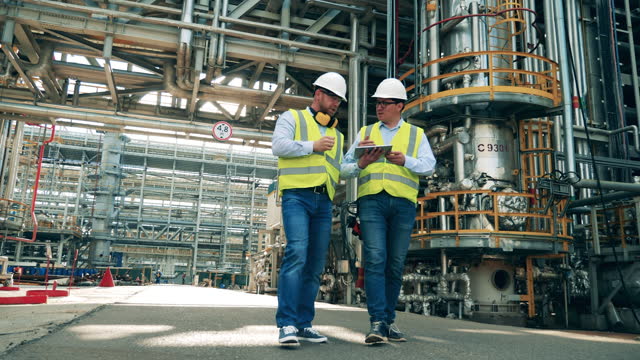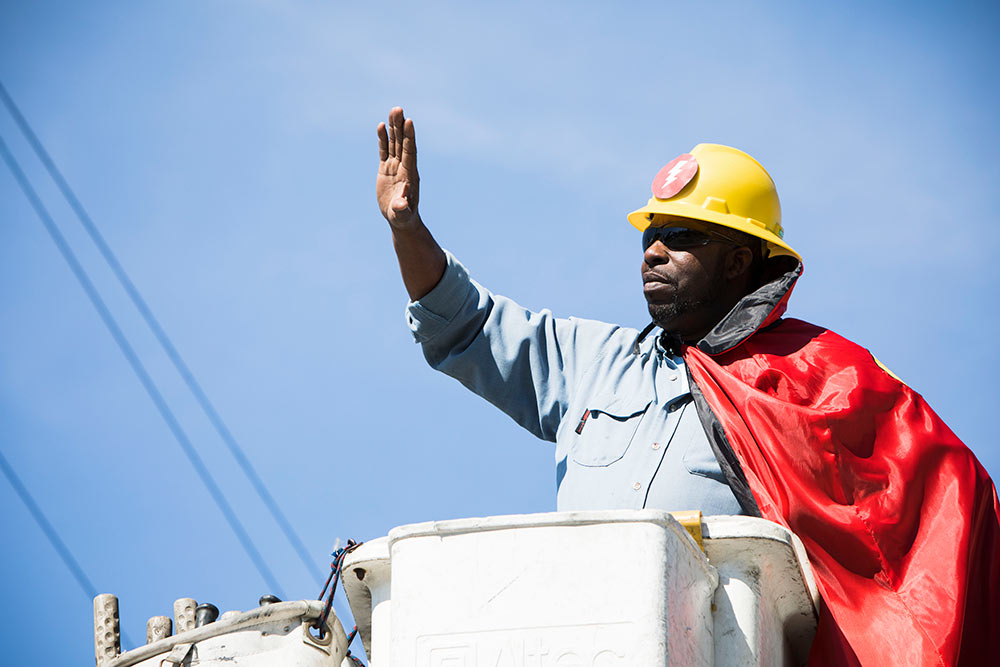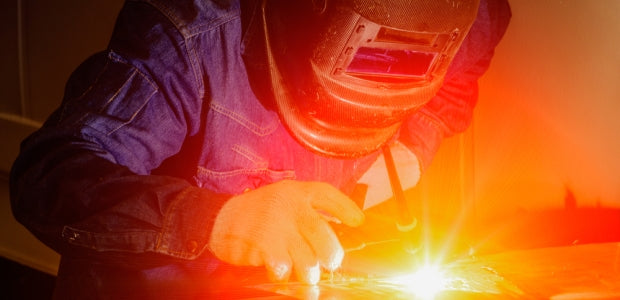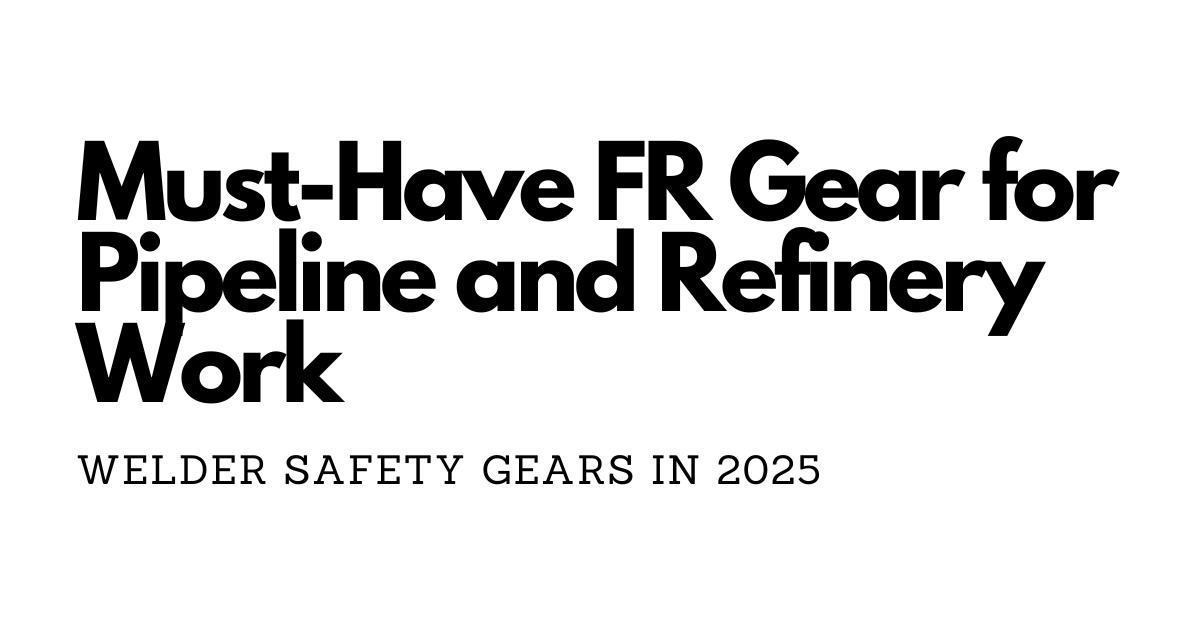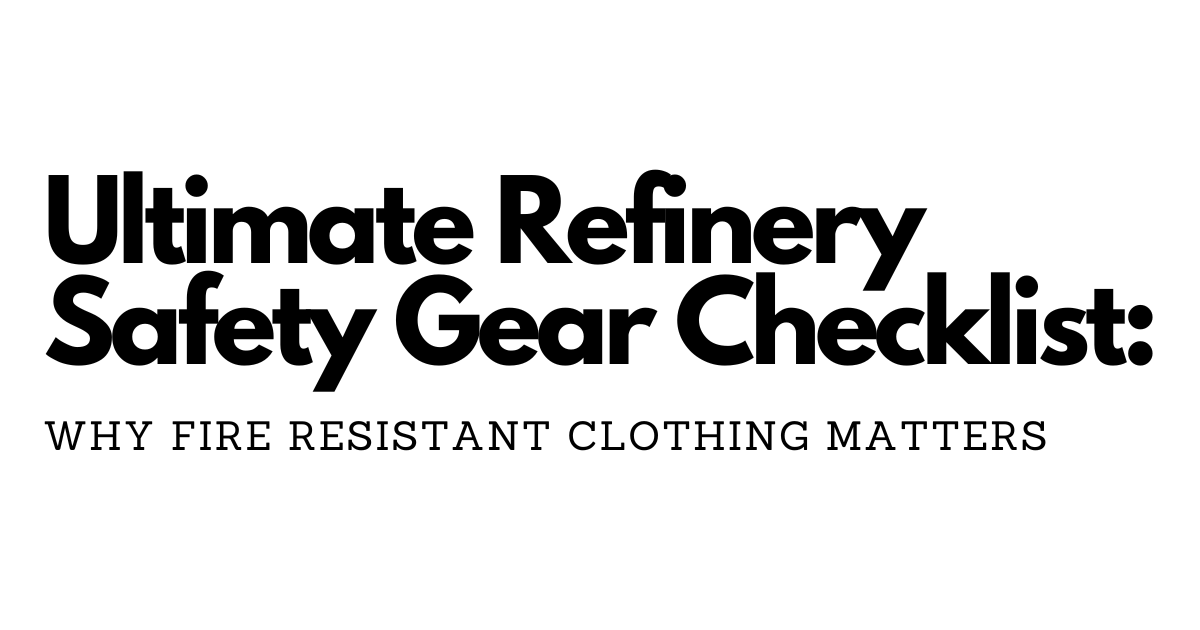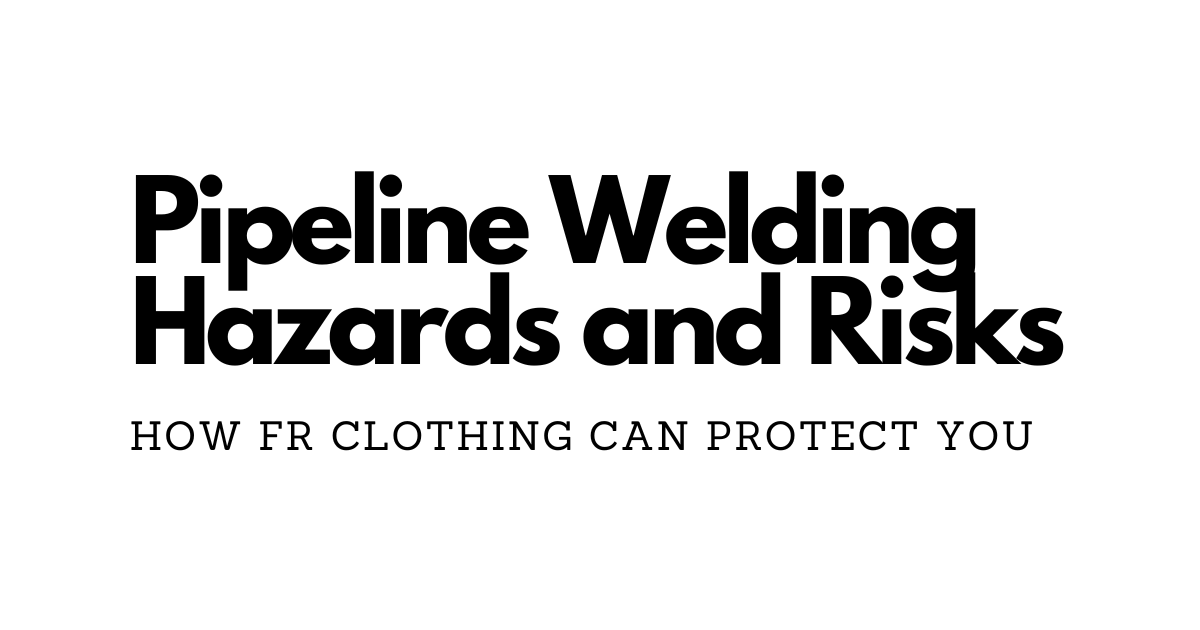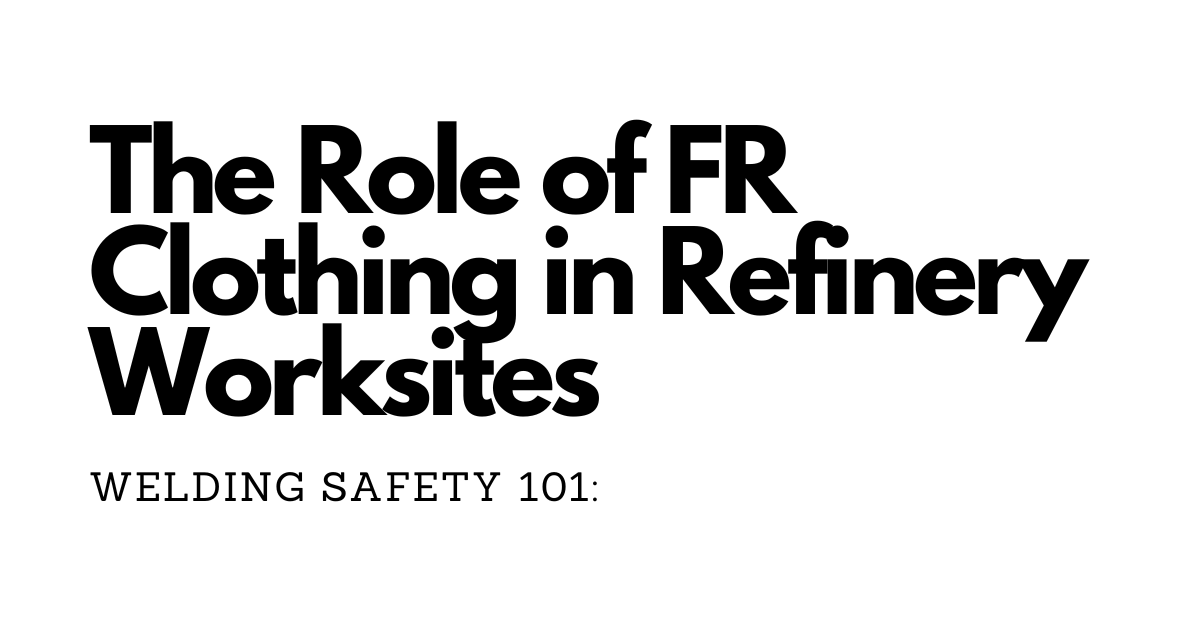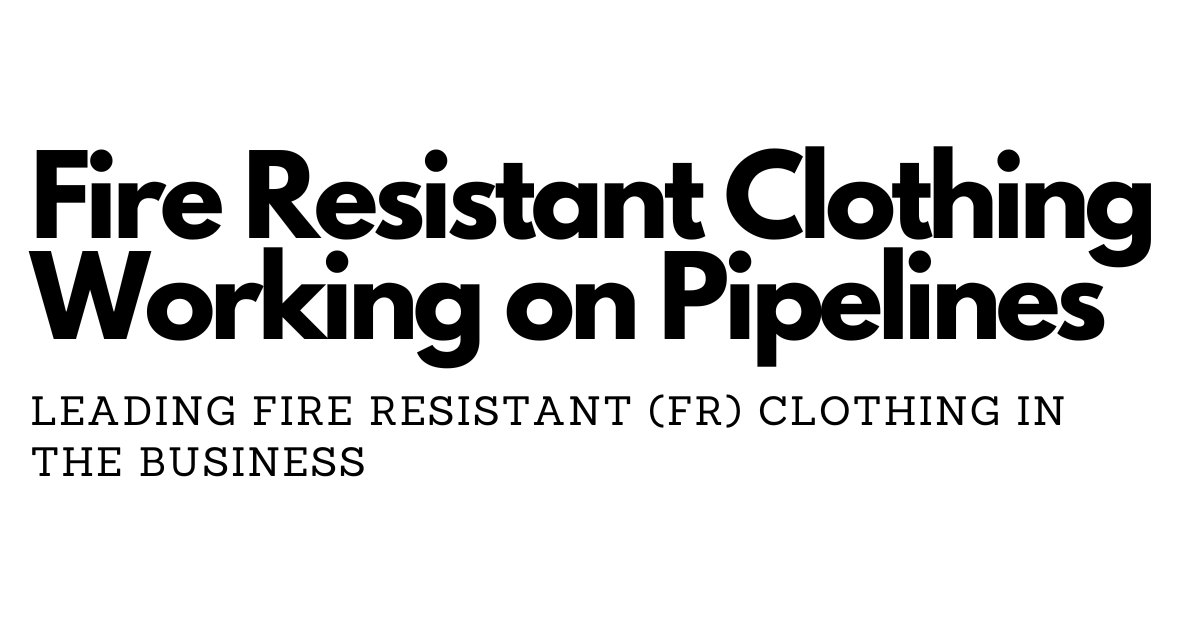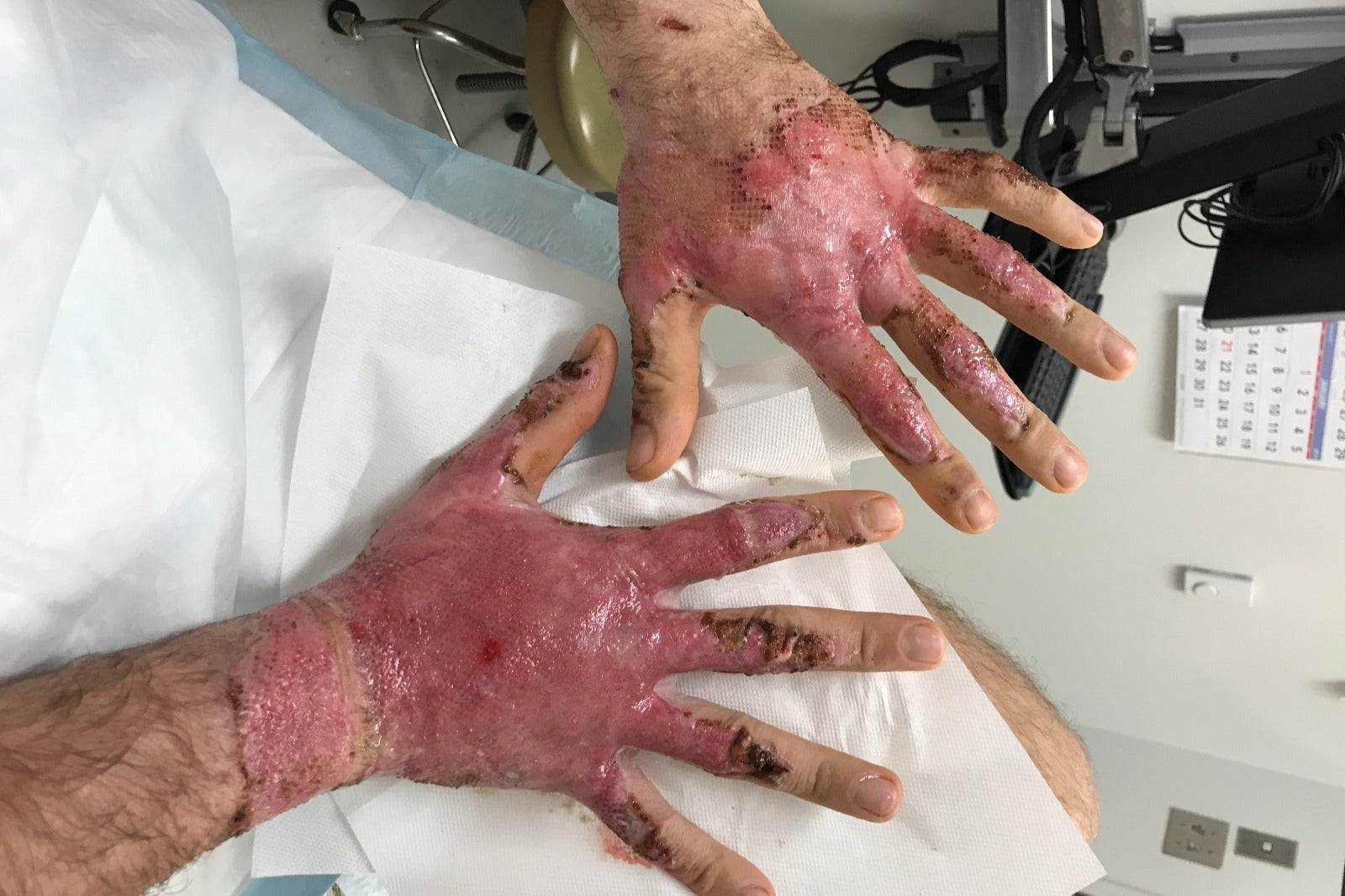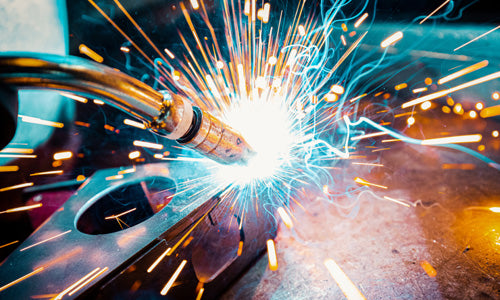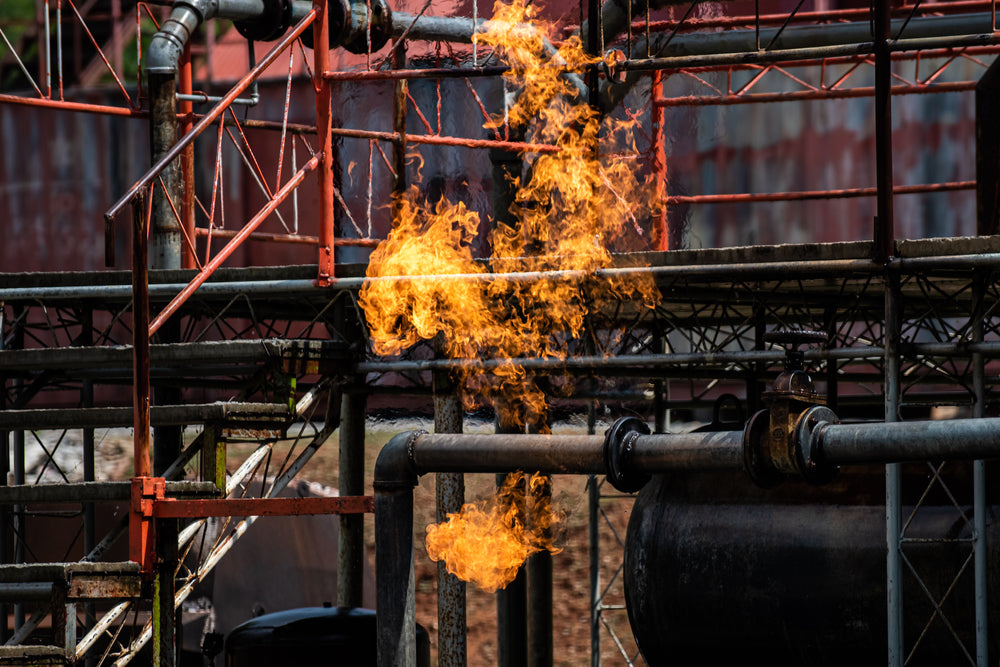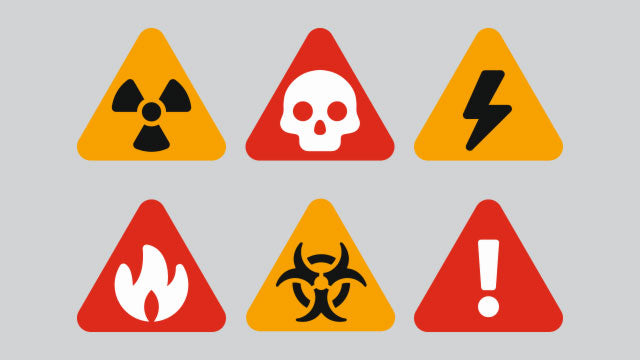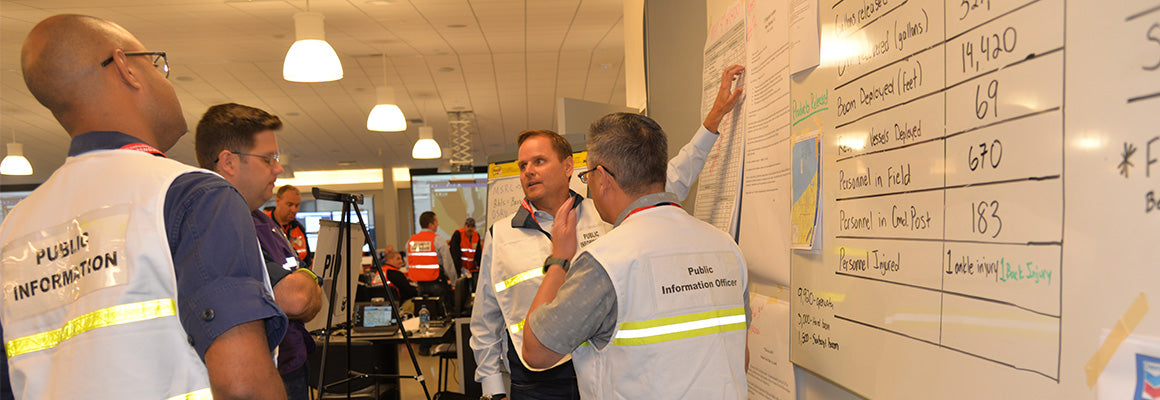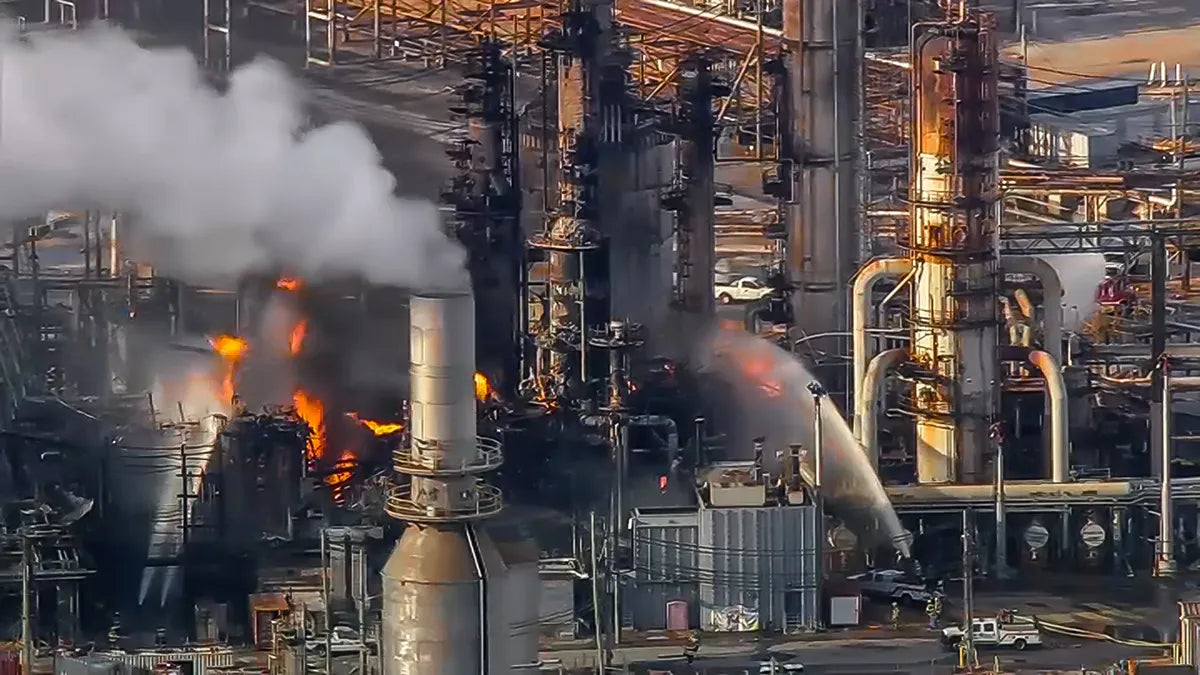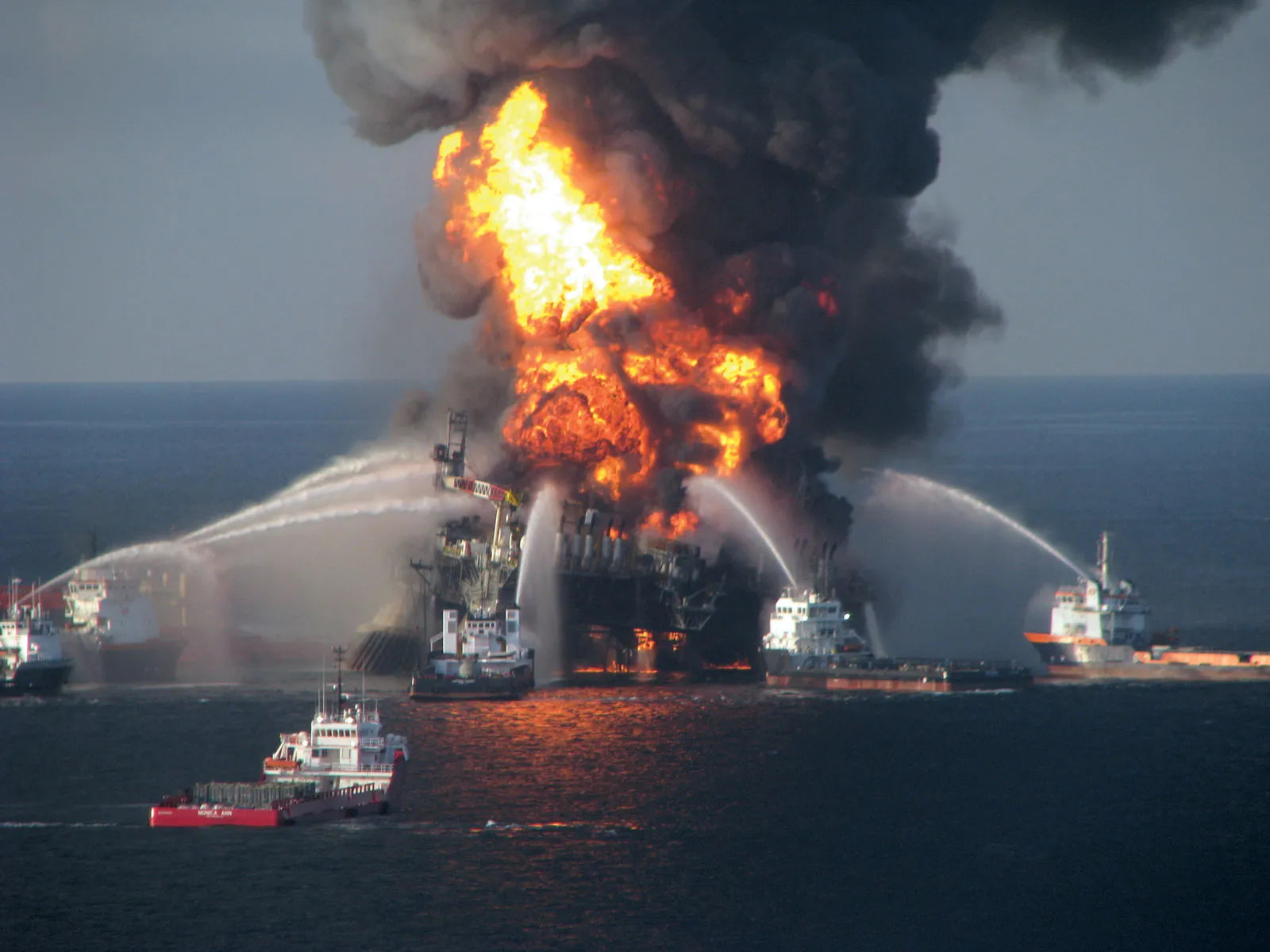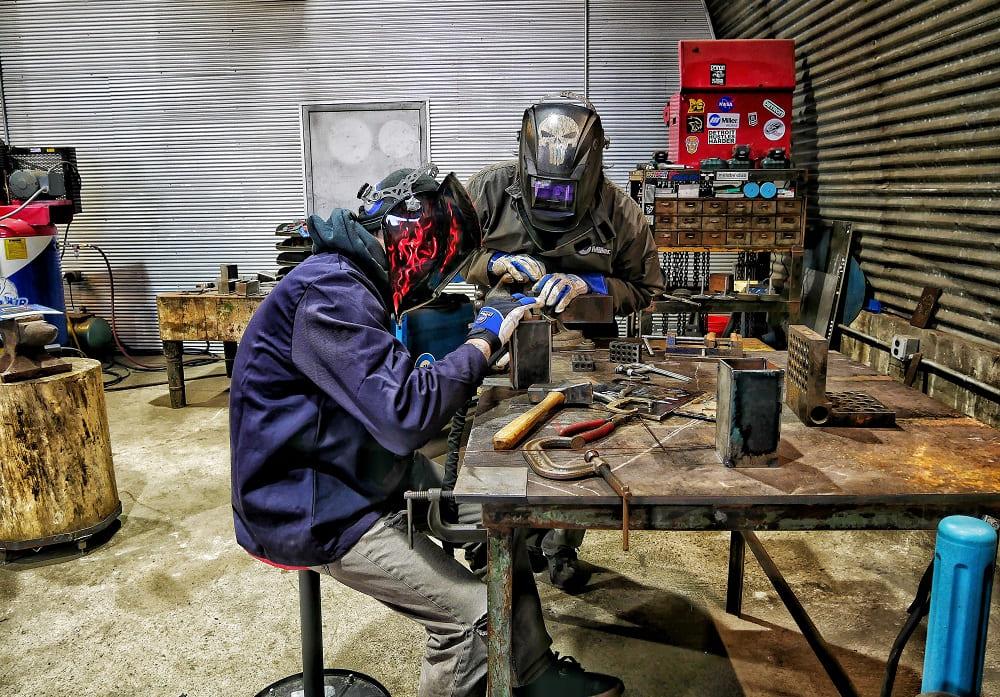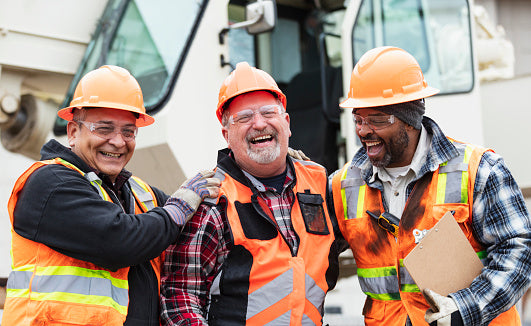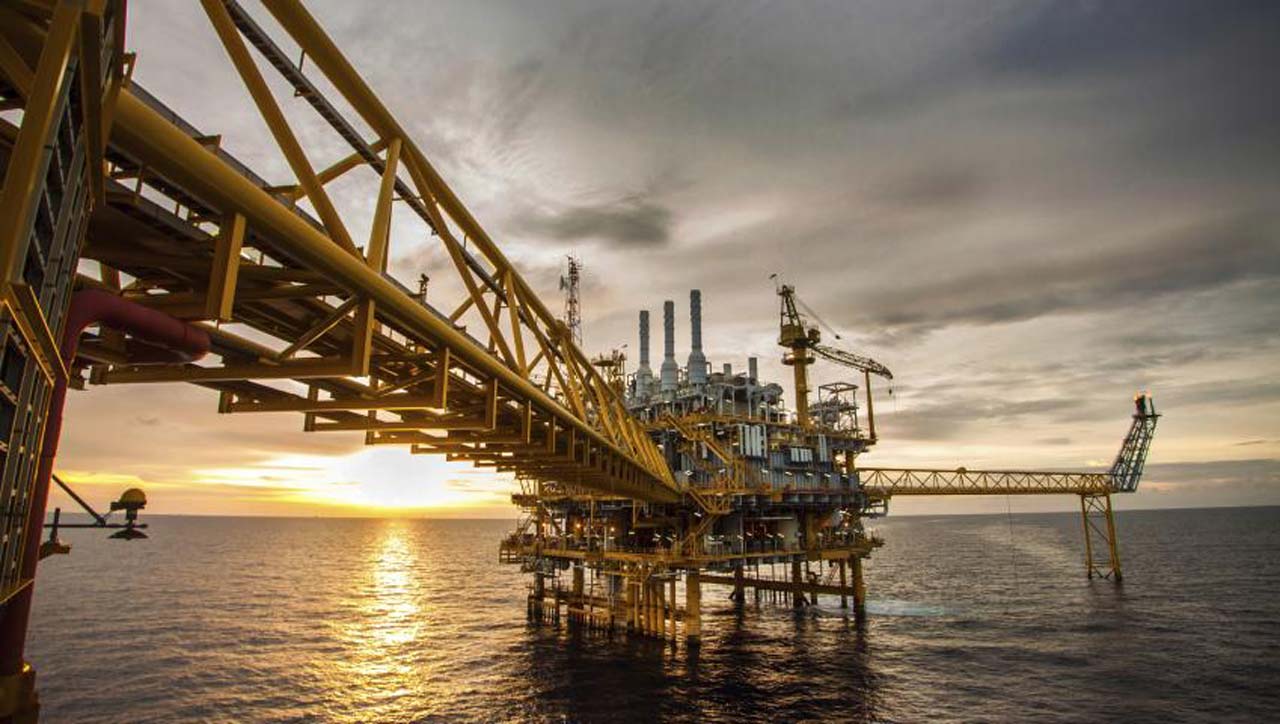

For some professions, it is absolutely crucial to wear flame-resistant (FR) clothing for your own safety. With FR clothing referring to materials designed to withstand exposure to flames without setting on fire, melting, or breaking, this choice can be the difference between receiving a severe burn injury or evacuating an unsafe environment completely unscathed.
If your supervisor has instructed you to wear FR clothing, you might consider layering it to give yourself a better chance of escape and survival in extreme situations. Layering clothes can offer even more protection from severe thermal conditions. Whilst the top layer should be self-extinguishable and use non-conductive components that will not melt onto your skin, the clothes you wear underneath this layer can crucially impact the effectiveness of your FR clothing. All layers you wear should be non-melting to reduce the risk of skin injuries. These can be made up of FR fabrics or natural fibers such as silk, cotton, or wool.
Increasing numbers of construction and utility companies are carrying out arc flash hazard assessments – producing a high arc rating to indicate the essential level of protection. With many assessments recommending an arc rating of 12 cal/cm², it needs to be considered that many FR clothing materials don’t achieve 12 cal/cm² as one single layer. Employees working in extremely hot environments whilst wearing heavy FR uniforms can be very uncomfortable, however, comfort in higher arc ratings can be sought out through layering clothes.
Close-fitted garments that provide moisture-wicking abilities, often known as performance wear, have recently been introduced into the FR clothing market, with this FR base layer keeping wearers cool and comfortable. This clothing is arc rated but fairly low – it is designed to be layered up with other garments to increase the arc rating. Layering clothes in this environment can offer you another band of protection, meaning that even if the first layer gets burned, you can still fall back on the next layer to protect your skin. Additionally, the air insulation between the garments can also help keep you safe.
Therefore, when assessments are being performed and higher arc ratings are required, it’s common sense to layer up your FR garments to achieve the higher arc thermal protection value. By placing an FR performance wear garment under your outer FR layer, you can still keep comfortable and cool whilst meeting the required arc rating. Start putting both your safety and comfort first today, although keep in mind that all products should be proven in their effectiveness through manufacturer testing.
